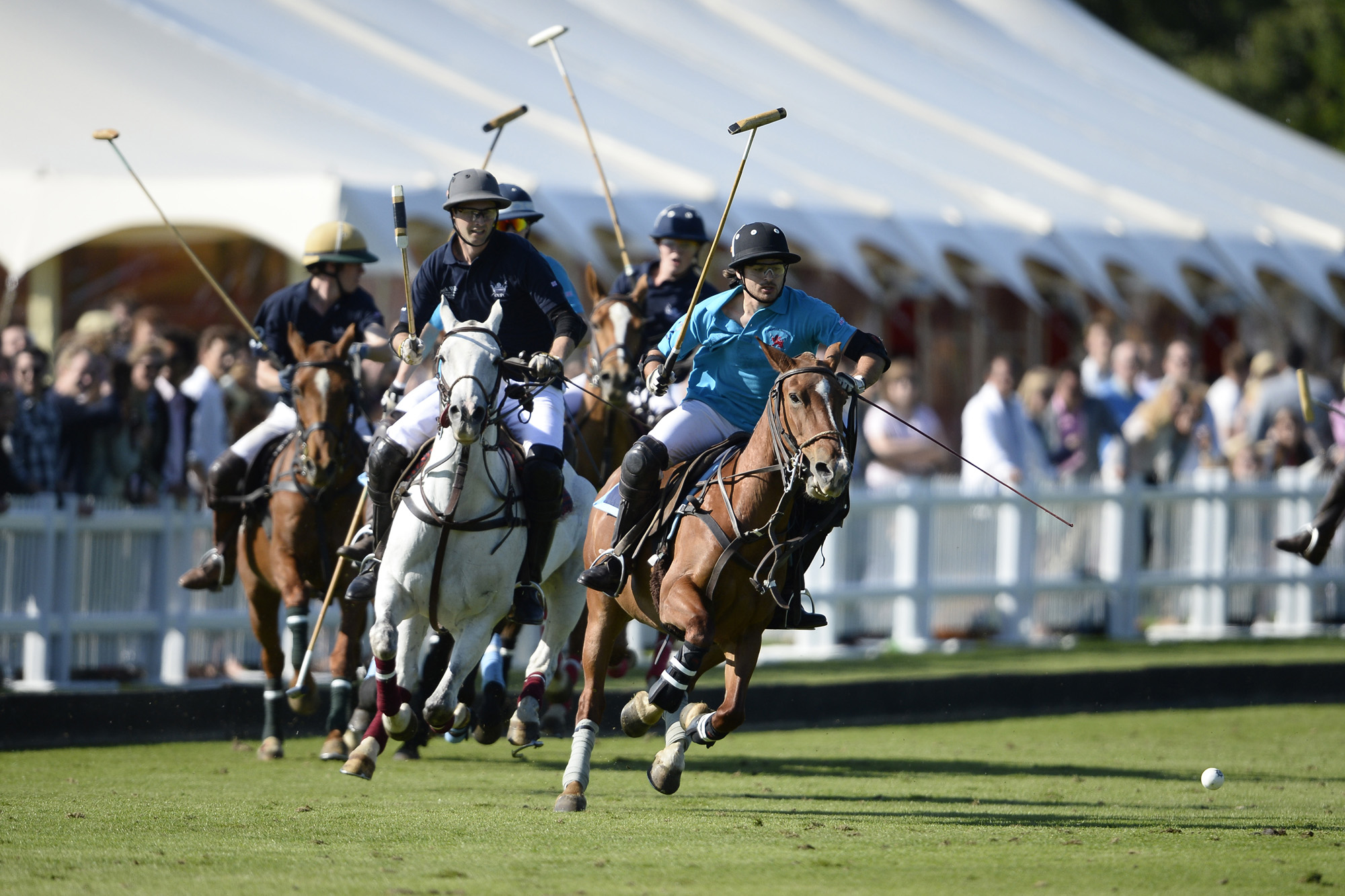How to play polo
- Introduction to Polo
- Understanding Polo Rules: Part 1
- Understanding Polo Rules: Part 2
Understanding Polo Rules: Part 1
Understanding the Penalty Rule in Polo

Equestrian team sport.
In the sport of Polo, penalties play a crucial role in maintaining the integrity of the game and ensuring fair play. This article will provide a comprehensive overview of the penalty rule in Polo, including the different types of fouls, the penalty system, and common penalties and their consequences.
Types of Fouls in Polo
Fouls in Polo are primarily related to the safety of the players and horses. The most common fouls occur when a player crosses another player's right of way or when a player hits the ball in a dangerous or incorrect manner. Other fouls include hooking a player's mallet incorrectly or using the mallet in a way that endangers other players or horses.
The Penalty System
The penalty system in Polo is designed to penalize teams that commit fouls and to give the opposing team a chance to score. Penalties are awarded based on the severity and location of the foul. The penalties are numbered from 1 to 10, with Penalty 1 being the least severe and Penalty 10 being the most severe.
Penalties 1 to 4 are awarded for fouls committed in the field of play and result in a free hit towards the goal from a set distance. The distance varies depending on the severity of the foul, with Penalty 1 being a free hit from the spot of the foul and Penalty 4 being a free hit from the team's own goal line.
Penalties 5 to 10 are awarded for more serious fouls or misconduct and can result in players being sent off, suspended, or even banned.
Common Penalties and Their Consequences
Here are some common penalties and their consequences:
-
Crossing the Right of Way: This is one of the most common fouls in Polo and results in a Penalty 2, 3, or 4 depending on the severity and location of the foul. The opposing team is awarded a free hit towards the goal from a set distance.
-
Dangerous Riding: This includes riding into another player or horse at a dangerous speed or angle. This can result in a Penalty 2, 3, or 4 depending on the severity of the foul.
-
Incorrect Use of the Mallet: This includes hitting the ball incorrectly or using the mallet in a dangerous manner. This can result in a Penalty 2, 3, or 4 depending on the severity of the foul.
-
Misconduct: This includes any unsportsmanlike behavior or serious breaches of the rules. This can result in a Penalty 5 to 10, with the player potentially being sent off, suspended, or banned.
Understanding the penalty rule in Polo is crucial for both players and spectators. It not only helps maintain the safety and integrity of the game but also adds an extra layer of strategy as teams must avoid committing fouls while trying to score.